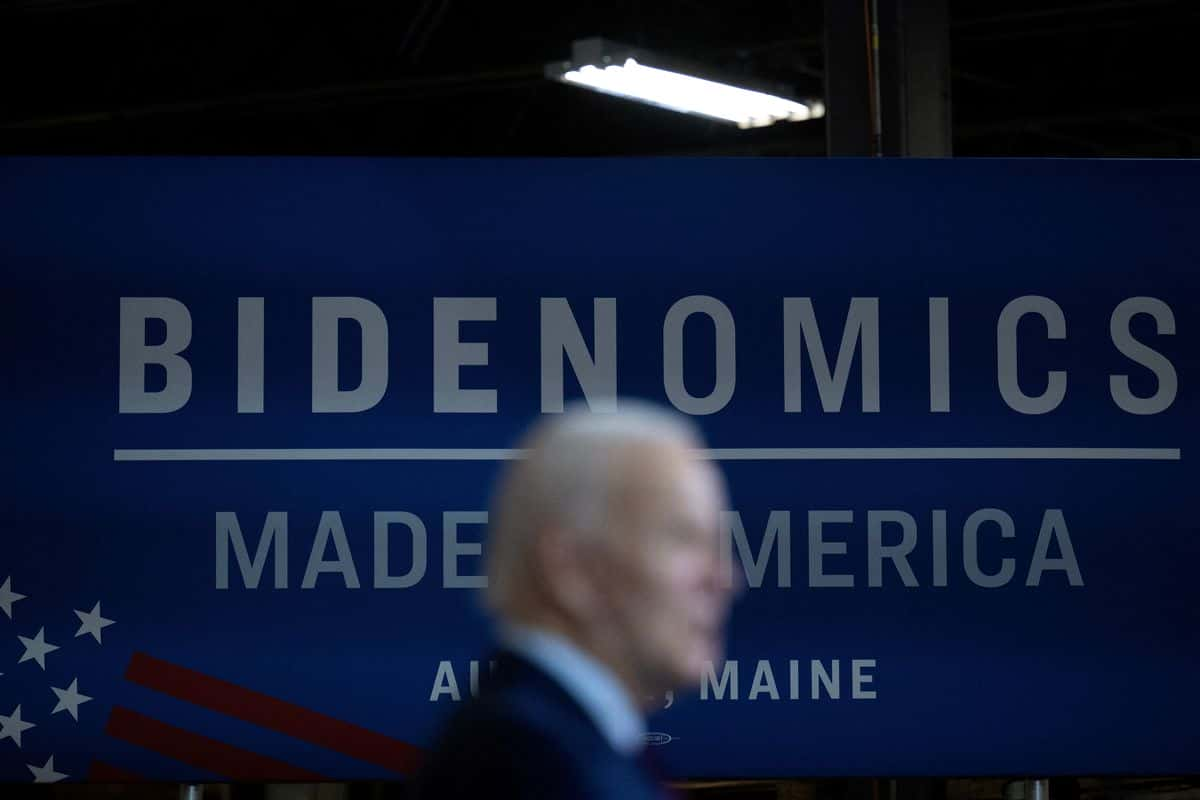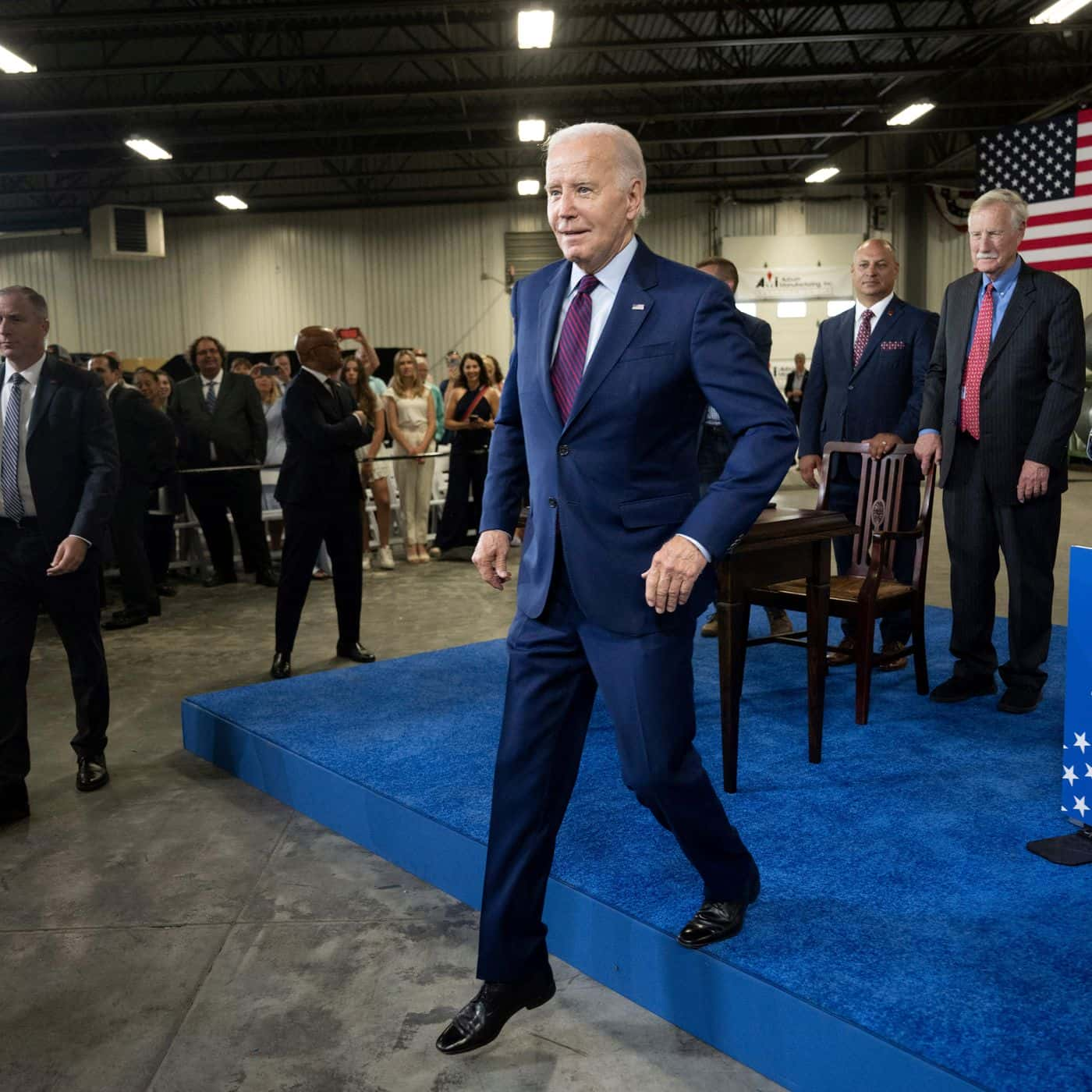The White House has spent much of the summer setting out its economic argument in speeches, appearances, and memos, all in preparation for Biden’s reelection effort in 2024. According to the president, Bidenomics 101 is about building the economy “from the middle out and bottom up” rather than top down.
It is set in contrast to Reagan-era trickle-down economics, which argued that lowering taxes and restrictions on corporations and wealthy people would drive prosperity that would eventually flow down to everyone. (This is an approach that has left many people waiting for that trickle.)

Bidenomics 101 — a term adopted by the administration, not adopted— is also, to some extent, a deviation from normal Democratic fare. It is larger in magnitude and has a more supply-side bent than previous Democratic administrations, being more focused on growing the number of items rather than redistributing stuff.
Beyond its precise dimensions, Bidenomics 101 is the president’s attempt to package his approach to the economy, much of which is fairly complex, in a form that voters can accept and understand.
But, more than a set of economic principles, Bidenomics 101 aims to establish a narrative around the economy and tell a tale about what’s going on in order to counteract the cloudy sense of gloom that many Americans feel. In economics and politics, perception can be just as significant as reality, and Biden is attempting to mold that view.
What even is Bidenomics 101?
Bidenomics is a made-up term for some very real things. It includes bills like the American Rescue Plan, the Inflation Reduction Act, the bipartisan infrastructure package, and the CHIPS Act. On the regulatory front, it attempts to increase competition in both large and little ways, such as antitrust enforcement and the elimination of junk fees. It is a more pro-worker and industry-focused stance from the pulpit.
According to the White House, three pillars underpin Bidenomics 101: prudent public investments in America, worker empowerment and education, and competition promotion. Bidenomics 101, within those pillars, takes massive swings at change while also addressing concerns on the periphery, and some of it appears to be succeeding.
The United States continues to escape a recession, and a soft landing — in which the economy cools but does not go into negative territory — appears to be becoming more likely.
The White House is attempting to promote Bidenomics 101, whether by spotlighting the super-fast repair of a collapsed bridge in Philadelphia, celebrating the groundbreaking of a new Intel facility in Ohio, or touting the $40 billion states are receiving to build out more broadband infrastructure. The intended appeal here is that these investments and actions will make a difference both now and in the future.




